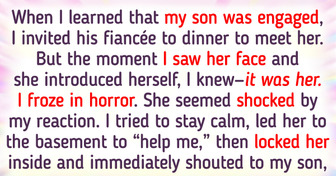I Deserve My Sister’s Share of the Inheritance — I’m Struggling, She’s Rich

It’s nighttime and you are about to walk inside Pharaoh Tutankhamun’s final resting place. You don’t have a torch, but at least you came with a flashlight. You go down several flights of stairs and notice how the walls are carved in hieroglyphs and what looks like a spell. “Those who take anything from this place will be doomed for life”, the spell says. Even if you don’t really believe it, this scares you a little bit.
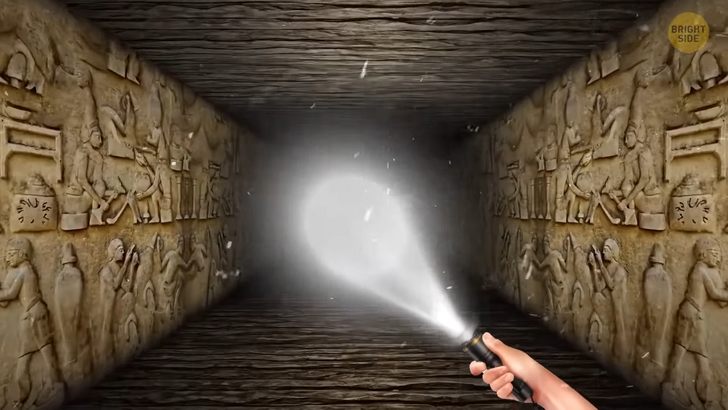
You find a huge stone door. Is it a trap? You manage to open it, but oh no — it’s only an empty chamber. You check your map — it seems like you are heading in the right direction. After what feels like hours, you realize you must be trapped inside a labyrinth. You try to retrace your steps but you can’t find the door where you came from anymore. That’s it, you think to yourself. You’ve fallen for the Pharaoh’s trap.
Ok, so we’ve all seen Hollywood movies where the main character is exploring ancient ruins and faces some seriously dangerous traps, right? We’ve been told Egyptian royalty protected their final resting places with venomous scorpions and snakes, sliding doors that will trap you for life, and giant-rolling-boulders that crush anyone on their paths. The thing is: were these traps truly real? I regret to be the one to break it to you, but this is all fiction. These elaborate traps were too technological for ancient civilizations to put on. That is not to say, however, that there weren’t any traps at all.
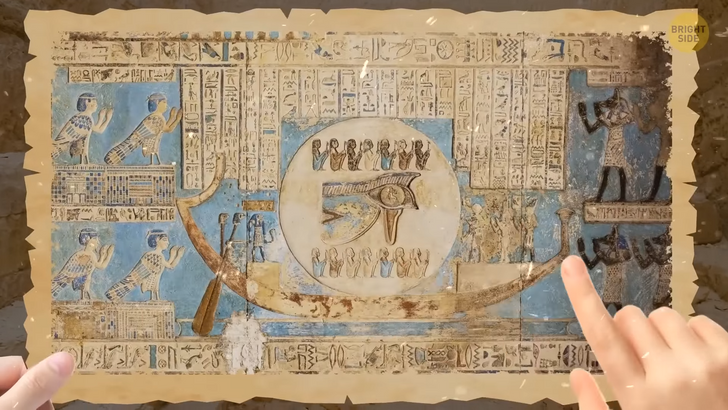
Ancient civilizations, like the Egyptians and the Mayans, are known for their practice of building entire monuments dedicated to the ones who had passed away. These structures would often reflect the position a person occupied in society. So, for the really important people, the VIPs of their times, massive monuments were built to host their bodies long after they were gone. Some of these civilizations believed that a person’s life would continue on the other side of the veil. For that reason, a person would be buried together with the belongings of their current life. If they had a lot of money and power, that meant their resting places would be filled with riches and gold.
Now, imagine if you lived in ancient Egypt. And you knew exactly where all the Pharaoh’s tombs were located and had heard rumors of the amount of wealth kept in these places. Maybe you would be tempted to go check it out, right? We’re talking about large rooms filled from floor to ceiling with golden artifacts, jewels, and even money. I mean...it does sound tempting. And since there weren’t any security guards protecting the entrance of these places, Egyptians needed to get creative as to how they would protect these riches. These old civilizations found some traps to be useful.
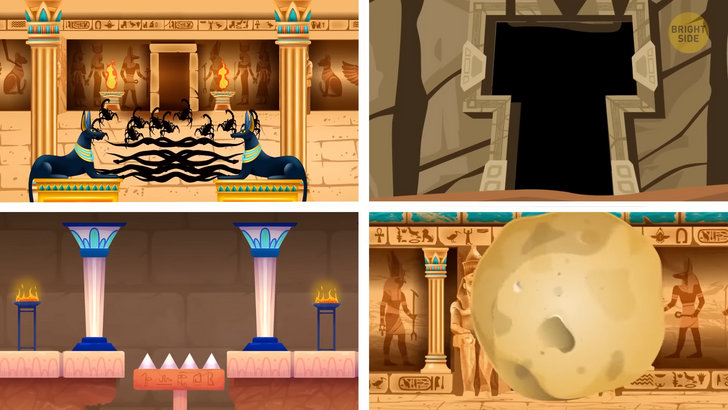
A recurring one was building empty rooms inside the monument, to confuse a burglar. Let’s take a look at Amenhotep’s III (Aa — muhn — how — tep) final resting place as an example. It was built in the city of Luxor, in a spot also known as the Western Valley of the Kings. Two French engineers originally discovered the monument between 1905 and 1914 CE. The structure is huge and has more than 10 chambers, connected by long corridors and steep stairways. The King’s chamber is the most hidden one and for an outsider to try and find it, they will probably enter a lot of empty rooms beforehand.
Other Pharaohs tried to protect their riches by commissioning monuments with false floors concealing pits that were up to 20 feet deep. This way, an unwarned and unwanted visitor would be surprised by the deep hole on their way to the King’s resting chamber. Alongside false floors, Pharaohs made sure to build labyrinth-style corridors and false walls. This way, robbers could take hours before they found the King’s real chamber. As to pits with poisonous snakes on them, if there were any reptiles inside these monuments, they probably got inside on their own. And would most likely not stay there for long. There is no way snakes would survive years and years without food inside these pits. So yes, another Hollywood-induced belief right here.
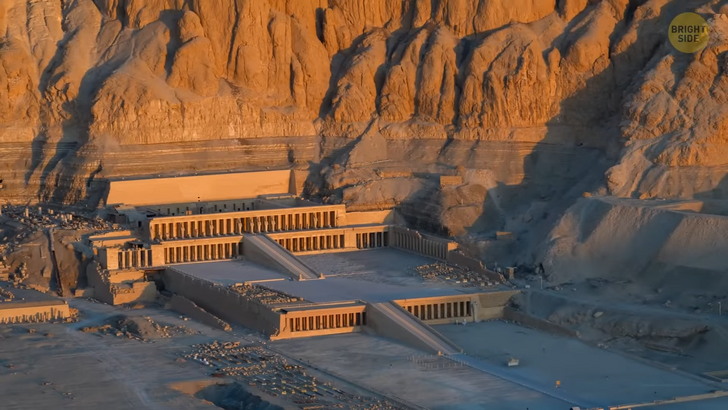
If these traps seem boring to you, archeologists did find an interesting deterrent in the final resting place of the Red Queen of Palenque (Puh — len — kay), in Mexico. Palenque was one of the most powerful Mayan cities in Pre-Columbian Mexico. And the Red Queen was believed to be the grandmother of the last Mayan king, undoubtedly a person of great importance to the empire. In her honor, a huge monument was built to keep her body after her passing.
The discovery of the tomb itself was already thrilling. Archeologists found an ancient monument when digging at the site back in 1994. The first they saw was a room with a hidden door. Once they opened the door, they discovered a long corridor. Finally, at the end of this corridor, was the Queen’s chamber. The team of archeologists was beyond excited to unearth this chamber with the mummy of the queen herself still inside it. They found her to be accompanied by her pearls, jade shells, and expensive rocks. But as the team explored the remains, they saw something rather strange.
The room was filled with a red-colored powder. Researchers knew that the color red was important to the Mayan people and that much of their clothing and buildings were decorated with this color. But they didn’t understand why the queen was buried with this unknown red substance. After they took a sample back with them for further analysis, they discovered that the red powder was cinnabar, a very dangerous mineral. This powder, when inhaled, can cause severe health damage to a person. The team concluded that this could only be a trap for anyone trying to steal her riches.
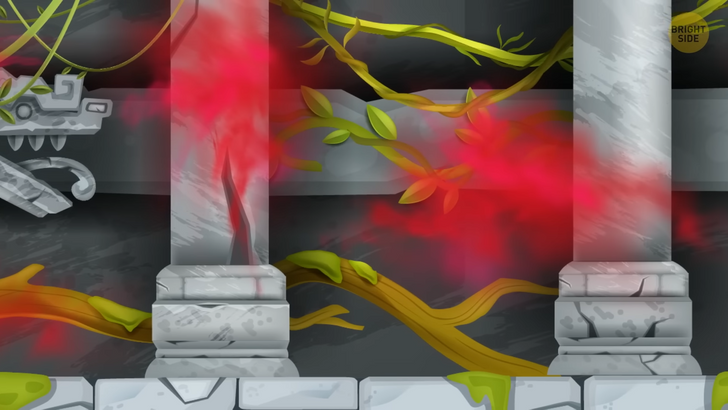
Ok, so dangerous powders might have worked as the most intense traps we’ve seen until now. But perhaps the cheapest way to keep off unwanted visitors was to spread spells written all over the monument. We’ll probably laugh at these today, but back in the day, they were more or less effective. Spells usually said that the person who took anything from that place would meet a tragic fate. Some spells said that robbers would lose their houses in big fires or terrible floods. Other spells said burglars would have incurable and undiagnosed health issues. But they weren’t really enough to stop people from taking any gold.
There are some stories surrounding how these spells might have been real. One of them is from the famous British Egyptologist Howard Carter, the one responsible for unearthing Pharaoh Tutankhamun’s resting place in the 1920s. After months of unsuccessful digging, Carter discovered the tomb’s existence by chance. He found the entrance to a stairway, right beneath the soil where he had been searching all those months. With the help of a team, he cleared the piles of sand blocking the stairs and discovered a doorway. The door had several royal symbols carved into it, and Carter knew this could only mean a very important person had been buried there.
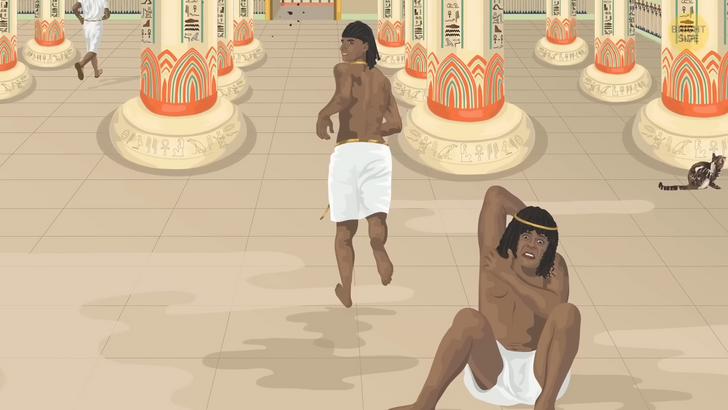
And he was right! With a chisel, he made a hole in the top left-hand corner of the doorway and lit his vision with the help of a candle. He couldn’t believe what he was seeing — the reflection of several golden and jeweled items crowding the chamber before him. Lost for three thousand years, Carter had just discovered the final resting place of Tutankhamun. But the story didn’t finish here. This discovery was accompanied by a series of unfortunate events that led people to believe it had something to do with the Pharaoh’s spell. Carter himself mysteriously passed away just a few years later. And some of his assistants lost their houses in floods, just like one of the spells threatened. Some say it’s just coincidental, as there’s no real proof of these things being connected. Well, what do you think: was this an effective trap after all?







